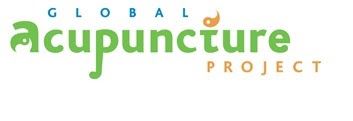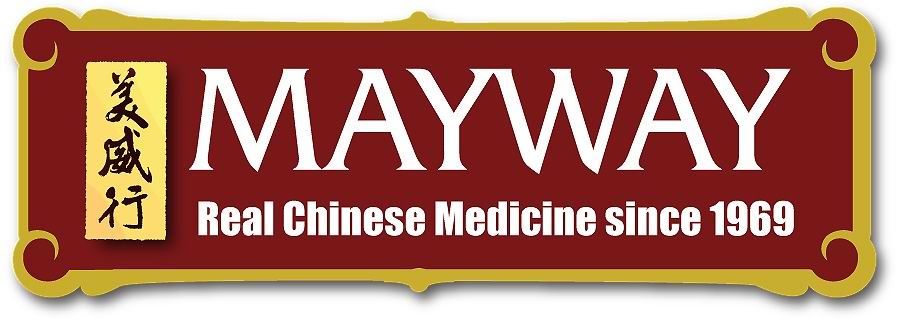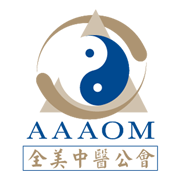One of our favorite projects in the field is a volunteer group called Global Acupuncture Project (GAP). They are doing innovative work to help people around the world to fight HIV/AIDS and other debilitating diseases affecting the indigenous cultures. GAP is a nonprofit organization, and always looking for volunteers. We at AAAOM have such respect for their work, so we wanted to highlight GAP and their needs. Below is a description of their mission, work, and needs. We hope that this helps to spread awareness.
Here are their current works:
1. We have partnered with Kisoro Hospital, Kalisizo Hospital, and Biikira Health Center and successfully created a permanent acupuncture department in each. Our next partnership will take place in a city called Mbale, where we are working with the District Health Officer to create permanent acupuncture departments in facilities within this district. We will continue to train providers and expand the creation of acupuncture departments across the country. All of this work is accomplished in partnership with the Ugandan Ministry of Health.
2. We have partnered with Shanti Uganda to train their midwives and secure acupuncture's permanent place within women's healthcare.
3. We helped our Trainees create the Uganda Society of Acupuncture Protocol Specialists (USAPS), the first such association within Uganda. USAPS will keep acupuncturists in contact with one another to provide mutual support, educate the public, and advocate for the integration of acupuncture within the health-care system. GAP will continue to provide support for USAPS.

From Global Acupuncture Project:
GAP teaches local healthcare workers how to use simple and effective acupuncture techniques that enable them to treat the symptoms associated with HIV/AIDS, malaria, TB, dengue, and other debilitating conditions.
The first training program conducted by the Boston-based Global Acupuncture Project was the culmination of two years of preparation and the expression of a dream to bring acupuncture to people in Africa who are struggling with HIV/AIDS. In 2003, three licensed acupuncturists from the United States began an intensive, two-week acupuncture training program in Kampala, Uganda. The trainings were conducted at the KISWA Health Centre, a clinic that focuses on care for those who are HIV+. The Trainee class of 13 local health-care providers included midwives, physiotherapists, a traditional healer, and medical doctors.
In 2013, GAP partnered with Doctors for Global Health (DGH) to conduct its first training in Tehuantepec, Oaxaca, Mexico. Our shared approach and philosophy is to serve communities through health promoter training and sharing of cultural knowledge, to address not only specific disease states, but also the individual, social, and economic factors that affect health.
Today, GAP has trained over 300 health-care workers in Uganda and southern Mexico, provides ongoing support and training to participants and advocates for better integration of alternative therapies into health-care systems. Since its founding, more than 80,000 people have been treated by GAP-trained health workers who incorporate acupuncture into their patient care.
2. GAP services and needs.
GAP encourages community empowerment and wellness by training local health-care providers and health promoters to use simple, effective acupuncture protocols to treat the symptoms of HIV/AIDS, malaria, tuberculosis, dengue, and other debilitating conditions. Treatments, as provided by the Trainees, serve to reduce pain and suffering and improve quality of life. GAP works with local governmental and nongovernmental agencies and health-care facilities to improve access to and effectiveness of care through collaboration with Western and traditional health-care modalities. Since 2003, GAP has trained more than 300 local health-care workers in Kenya, Mexico, and Uganda. These Trainees provide more than 50,000 treatments per year.
Oaxaca is home to the largest number of indigenous peoples in Mexico, with more than 16 different ethnic groups, each with their own unique language and culture. Yet, with all the richness in culture, the state of Oaxaca trails behind the rest of Mexico in its health and economic indicators. It is one the poorest regions in the country, with the average daily income less than half of the national average. Oaxaca faces challenges in literacy, sanitation, unemployment, and access to healthcare services. Indigenous communities in Mexico have an infant mortality rate that is 58 percent higher, a life expectancy five years lower than the national average, and there is only one hospital bed per every 1,000 residents. This severely stretched health infrastructure underscores the need for less expensive, more community-based and grassroots-led network of health care providers. The promotion of traditional healing practices as natural and inexpensive alternatives to conventional medicine is the cornerstone of our vision to empower communities to strengthen their own health and wellbeing.
To best serve Tehuantepec and the surrounding communities, GAP has created a new program: El Proyecto Acupuntura del Pueblo. This program will include a clinic and training center in Tehuantepec, with satellite clinics spread out throughout the surrounding areas. GAP/PAP will continue to train and support its previous Trainees at this clinic, and the clinic will also employ the Trainees to run the clinic and its satellites. Volunteer licensed acupuncturists from GAP will provide ongoing trainings for new providers and advanced trainings for its certified Trainees.
GAP Trainers teach new providers the basic principles and techniques of acupuncture. The program consists of three week-long sessions spread out over a year during which time they learn safe, effective, protocol-based treatments. An examination is given at the end of the first week to determine if the Trainee has gained the necessary skills and understanding to become a certified Acupuncture Protocol Specialist.
Between each training session, Trainees are expected to practice and improve their skills by providing acupuncture to patients. After the 3rd training, Trainees continue to provide acupuncture treatments at the main clinic in Tehuantepec and at satellite clinics throughout the surrounding communities. GAP provides Trainees with the necessary acupuncture supplies and conducts periodic refresher and advanced-training sessions. GAP maintains access to these Trainees via email, text messaging, and the local coordinator.
3. The Project’s target population.
Indigenous communities in Mexico live on the margins of Mexican society, with higher levels of poverty, poorer health outcomes, lower life expectancies, and poor academic performance (Sevran-Mori et al, 2014). Their clothing and food often have cultural and traditional ties and that they have a strong affiliation towards community, local organizing, and traditional forms of medicine. They also have a preference for traditional healers such as herbalists, massage specialists and spiritual healers.
Over the course of one year, GAP will train new health-care workers, who will then provide care for approximately 3,000 people in Oaxaca over one year. GAP will also provide advanced training for previous participants. One hundred percent of Trainees will be from the communities in which they will ultimately serve.
4. Specific objectives and outcomes of the program. How we evaluate the impact of our services.
Program Objectives:
Empower thousands of residents of Tehuantepec, Oaxaca, Mexico and surrounding areas to live healthy, prosperous, autonomous lives by improving access to culturally-sensitive, integrated acupuncture education, care and support in the communities where they live. Specific objectives are:
1. Empower program participants with basic acupuncture skills through three one-week training sessions led by volunteer licensed acupuncturists;
2. Increase access to effective and affordable acupuncture at both community and city levels, including providing 3,000 treatment sessions each year;
3. Provide the skills and expertise for certified Trainees to earn a living wage by offering low-cost acupuncture treatment in the communities they serve.
Project Outcomes:
1. Increased access to and usage of acupuncture as a means to relieve the burden of acute, chronic, and environmental health concerns.
2. Increased understanding of preventative health, and indigenous peoples’ right to quality health care services.
3. Improved economic stability for Community Health Workers.
Program Evaluation:
To monitor progress and evaluate overall project impact, GAP will design a comprehensive, monitoring and evaluation plan to be an essential management tool to support GAP’s commitment to accountability, efficient use of donor resources, and effectiveness of interventions. Through a combination of quantitative and qualitative methods, GAP will monitor progress towards project objectives.
Biannual statistics will be collected on Trainees and their patient interactions, consultations, and utilization of acupuncture services. Periodic testing to evaluate subject matter retention will be conducted, in addition to providing regular opportunities for current and former trainees to share best practices with other program participants and practitioners.




